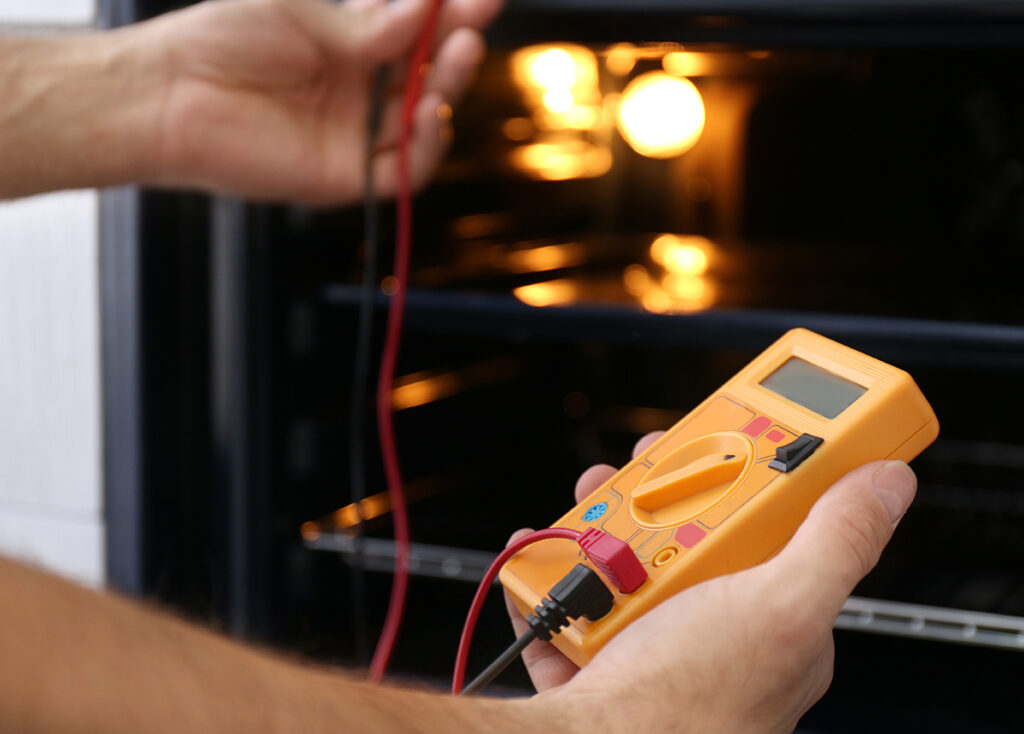Conventional Oven Repairs

Conventional ovens have been around since the 1950s, and have become a mainstay of most modern kitchens. They usually operate with a fixed source and bottom-up heat transfer commonly from a gas flame or burner element inside the oven’s body.
There are two types of conventional ovens; the first one uses gas for cooking and baking, while its more modern counterpart uses electricity.
Another great feature of conventional ovens is the broil function, which is usually used to melt cheese, so the dish should be placed a couple of inches under the broiler to ensure the cheese melt and becomes gooey. Although some modern electric conventional ovens have the capability to simultaneously use both its bottom and top broiler features.
Pros and cons
Conventional ovens have been around for decades, and fit right into our comfort zone. In fact, most of us learned how to bake and cook using this type of oven, which is why most cookbooks based their recipes on use of a conventional oven.
Also, baked goods are perfect when cooked in a conventional oven rather than a convection oven. Most baked pastries like bread, pizza, and other dough-based products are often overcooked using the convection option. That is why baked items tend to do better when placed inside an oven with a consistent temperature profile.
However, cooking food in a conventional oven will take some time, unlike its convection counterpart. Lastly, you can only cook one dish at a time since the appliance can only create a single temperature profile.
Commons issue and maintenance tips
Gas burner won’t light
If you have a conventional gas oven, you will most likely encounter a faulty ignition. This is the main reason why the burners won’t light, and there are several ways to troubleshoot it. First, you should lift the burner cap, grate, and burner base and clean it thoroughly, removing food debris and dirt that might be blocking the burner.
· Range burner won’t heat up
This is a common issue on electric ovens since it needs electricity to heat up, and there are times the electric burner fails due to wear and tear. A faulty burner must be replaced immediately by a qualified oven repair technician.
· The oven won’t heat to the right temperature
This problem is caused by a faulty temperature sensor, gas igniter, or heating element. You can check if the temperature sensor is functional using an ohmmeter. If resistance is not rising, then you’ll need to replace your temperature sensor. However, we recommend that you let an experienced oven repair specialist do this task for you.
Overall, oven problems are never fun, but you can easily remedy some of them with basic troubleshooting. However, if it’s still not working as it should, then you should call a professional oven repair specialist like QLD Oven Repairs Brisbane to assist you with all your oven repairs.
Copyright © 2020 – Oven Repairs Brisbane. All Rights Reserved.
